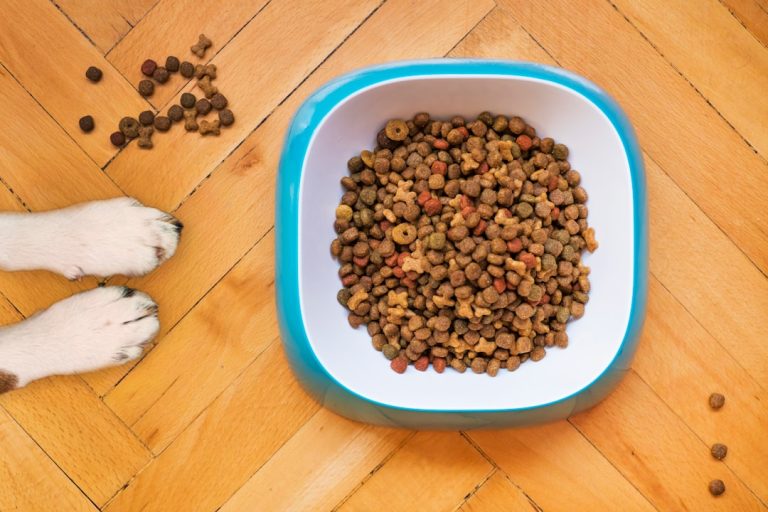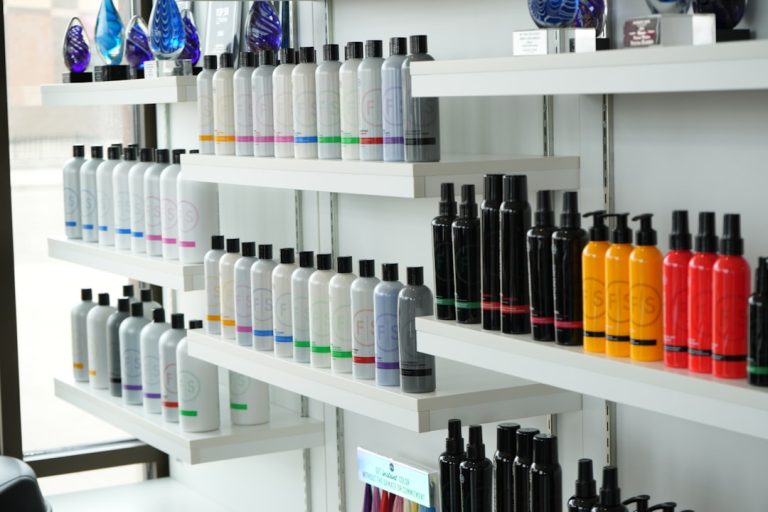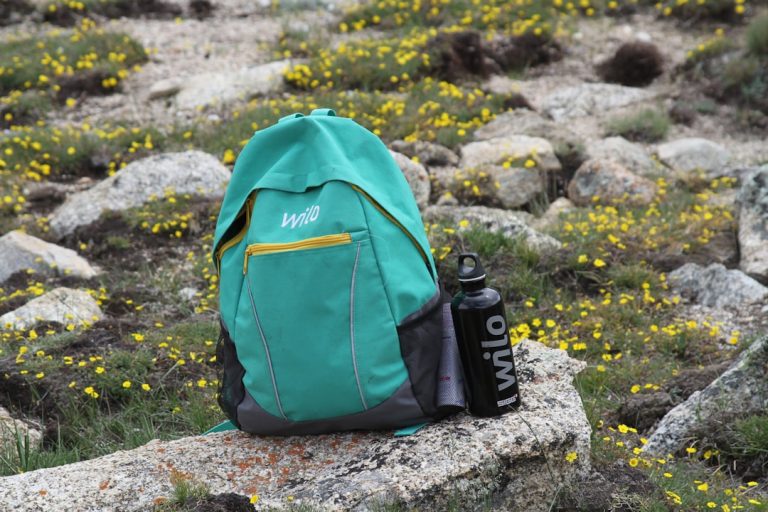My Guide to Sustainable Menstrual Products (beyond Tampons).
My Guide to Sustainable Menstrual Products (beyond Tampons)
For years, the conversation around menstruation was largely confined to disposable tampons and pads. They were convenient, widely available, and seemed like the only option. But as we collectively wake up to the urgent need for more sustainable living, our period care routines are ripe for a revolution. As someone who’s made the switch and never looked back, I’m thrilled to share my personal journey and insights in this guide to sustainable menstrual products that go far beyond the conventional tampon.
Making the change isn’t just about protecting our planet; it’s about understanding our bodies better, saving money in the long run, and embracing a more conscious approach to self-care. If you’ve been curious about what else is out there, or if you’re ready to ditch the disposables but feel overwhelmed by the choices, you’re in the right place. Let’s explore the exciting world of eco-friendly period solutions together.
Stepping Away from the Disposable Cycle: Why I Made the Switch
My decision to explore sustainable menstrual products wasn’t sudden; it was a gradual realization fueled by a growing awareness of my environmental footprint and a desire for a healthier, more cost-effective approach to my period. The sheer volume of waste generated by traditional products was a significant wake-up call.
The Environmental Wake-Up Call
Think about it: every tampon applicator, every pad wrapper, every used pad or tampon goes straight into the trash. It’s estimated that a single menstruator will use between 5,000 and 15,000 pads or tampons in their lifetime. Multiply that by billions of menstruators worldwide, and the numbers are staggering. Most of these products contain plastics that take hundreds of years to decompose, ending up in landfills or polluting our oceans. The manufacturing process itself also consumes significant resources and energy. This stark reality was the primary driver for me to seek out better options. I wanted my period to align with my values of eco-friendly living, and disposables simply weren’t cutting it.
Beyond the Planet: Personal Health and Wallet Benefits
While environmental concerns were paramount, I quickly discovered other compelling reasons to transition. Many conventional products contain fragrances, dyes, and other chemicals that can irritate sensitive skin or disrupt the delicate vaginal microbiome. Switching to products made from medical-grade silicone or organic cotton felt like a much healthier choice for my body. Plus, the financial savings are undeniable. While the initial investment for reusable products might seem higher, they pay for themselves many times over. No more last-minute dashes to the store, no more monthly expenses—just long-term savings.
Unveiling the Eco-Friendly Arsenal: Your Choices Beyond Tampons
Once I committed to change, I was amazed by the variety and innovation in the sustainable period product market. It’s not just one alternative; there’s a whole spectrum of options designed to suit different bodies, flows, and lifestyles. Here are the main contenders that have truly transformed my period experience.

Menstrual Cups: A Game Changer for Many
The menstrual cup is often the first product people think of when considering sustainable menstruation, and for good reason. Made from medical-grade silicone, rubber, or TPE, these flexible, bell-shaped cups are inserted into the vagina to collect menstrual fluid rather than absorb it. They can be worn for up to 12 hours, depending on your flow, and then simply emptied, rinsed, and reinserted. My personal experience with a menstrual cup has been overwhelmingly positive. It’s incredibly comfortable, I often forget it’s even there, and the freedom from constant changes is liberating. It also gave me a clearer understanding of my actual flow, which was an unexpected bonus. Many brands offer different sizes, firmness levels, and shapes to accommodate various anatomies and flow types.
Reusable Cloth Pads: Comfort and Care
For those who prefer external protection or find internal products uncomfortable, reusable cloth pads are a fantastic alternative to disposable pads. They’re typically made from layers of absorbent fabrics like organic cotton, bamboo, or hemp, with a waterproof backing and wings that snap around your underwear. They come in various sizes and absorbencies, just like disposables. I love cloth pads for their breathability and softness; they feel much gentler against my skin. After use, they can be rinsed and then washed with your regular laundry. They’re surprisingly easy to care for and incredibly comfortable.
Period Underwear: Seamless Protection
Period underwear has revolutionized the concept of period protection, offering a discreet and comfortable solution. These specialized undies have absorbent layers built right into the gusset, designed to hold menstrual fluid without feeling bulky. They look and feel like regular underwear, but offer leak-proof confidence. They’re perfect for lighter flow days, as a backup for cups or tampons, or even for full protection on moderate days, depending on the brand and absorbency level. I find them particularly great for sleeping or for active days when I want extra security without any fuss. They are washed just like cloth pads.
Menstrual Discs: The New Frontier
While similar to cups in that they collect fluid internally, menstrual discs sit higher in the vaginal fornix, just beneath the cervix, rather than in the vaginal canal. This positioning can make them comfortable for people who find cups uncomfortable, and some even find they can be worn during intercourse. They are available in both reusable silicone versions and disposable options (though for sustainability, we focus on reusable). While I haven’t personally tried a reusable disc yet, many users rave about their comfort and capacity, especially those with a heavier flow or specific anatomical needs. It’s an exciting area of innovation in sustainable feminine hygiene.
Finding Your Perfect Fit: Navigating the World of Reusables
The beauty of sustainable menstrual products lies in their diversity, but this can also feel a bit overwhelming at first. My advice is to approach it with an open mind and a willingness to experiment. There’s no one-size-fits-all, and finding what works best for *you* is part of the journey.
Understanding Your Flow and Body
Before diving into purchases, take a moment to assess your typical menstrual cycle. Do you have a heavy flow, light flow, or a mix? Are you active during your period? Have you given birth vaginally? These factors will influence your choice. For instance, someone with a heavy flow might prioritize a high-capacity cup or absorbent period underwear. Understanding your flow is crucial for selecting the right absorbency level and product type.
Material Matters: What to Look For
When choosing reusable products, pay attention to the materials. For cups and discs, medical-grade silicone is the gold standard for safety and durability. For cloth pads and period underwear, look for organic cotton, bamboo, or hemp, especially for the layers that come into contact with your skin. Ensure they are free from harmful chemicals, PFAS, or synthetic fragrances. Many reputable brands will clearly state their materials and certifications.
Sizing Up Your Options
Sizing is critical, especially for menstrual cups and discs. Most brands offer size guides based on factors like age, childbirth history, and cervix height. Don’t be afraid to measure your cervix height (you can do this with a clean finger) to help narrow down cup choices. For period underwear and cloth pads, sizing is usually similar to regular clothing, but always check the brand’s specific size chart.
Budgeting for Your Sustainable Switch
While the initial cost of reusable products might be higher than a single pack of disposables, remember you’re investing in years of use. A quality menstrual cup can last up






